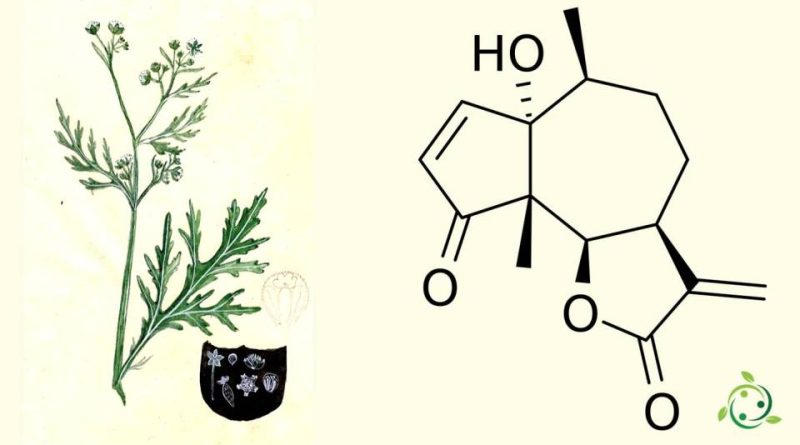Parthenin
Parthenin
Parthenin is a substance of natural origin whose name derives from plants of the genus Parthenium, a genus of the Asteraceae family.
The Parthenium genus includes a series of North American shrubs of the Asteroideae subfamily and of the Heliantheae Tribe.
The name Parthenium is an evolution of the Greek name of the plant, παρθένιον (parthenion) which could derive from the Greek word παρθένος (parthenos) which means “virgin”.
Parthenin, from a chemical point of view, is a sesquiterpene lactone with a brute or molecular formula: C15H18O4.
Its name in the official IUPAC nomenclature is: (3aS, 6S, 6aS, 9aS, 9bR) -6a-hydroxy-6,9a-dimethyl-3-methylidene-3,3a, 4,5,6,6a, 9a, 9b -octahydroazulene [4,5-b] furan-2,9-dione.
Parthenin, from a physical point of view, is a crystalline substance.
Parthenin is bitter, has an anti-neuralgic action and has been isolated from Parthenium hysterophorus.
It is a substance that has genotoxic, allergenic and irritating properties.
Parthenin is believed to be the substance responsible for dermatitis caused by Parthenium hysterophorus.
Parthenin, however, finds medical applications for its analgesic and febrifugal properties.
Warning: The information shown is not medical advice and may not be accurate. The contents are for illustrative purposes only and do not replace medical advice.

